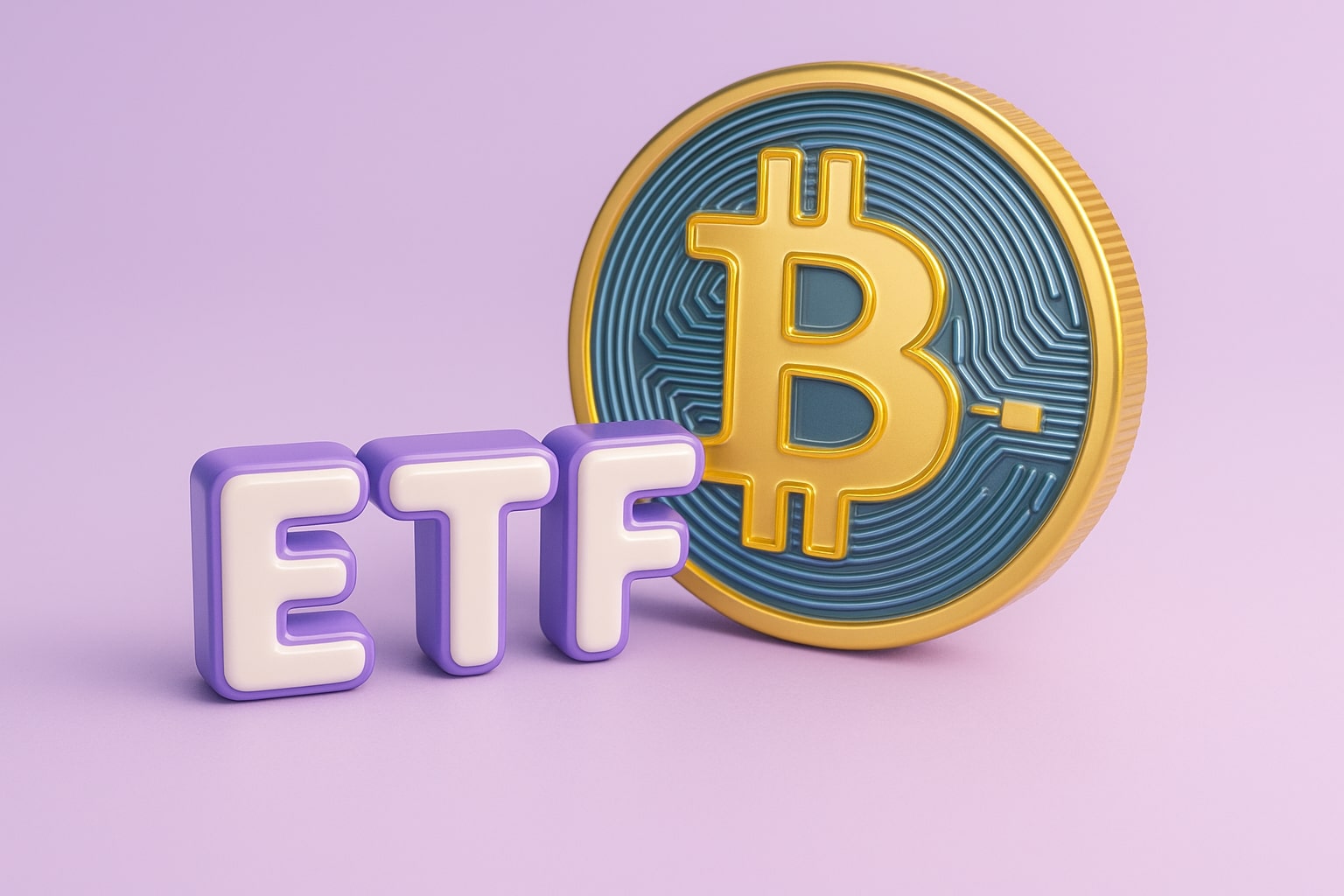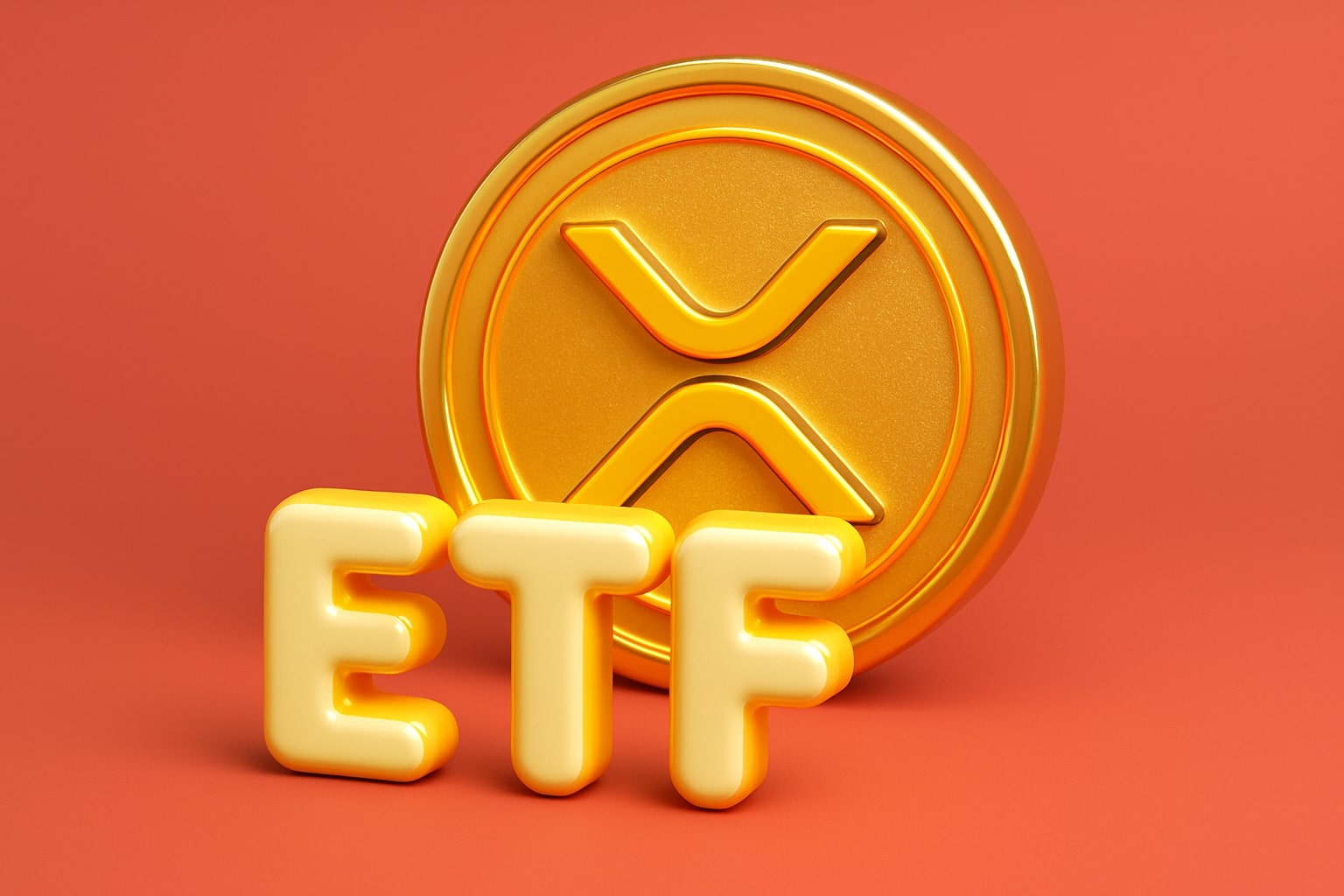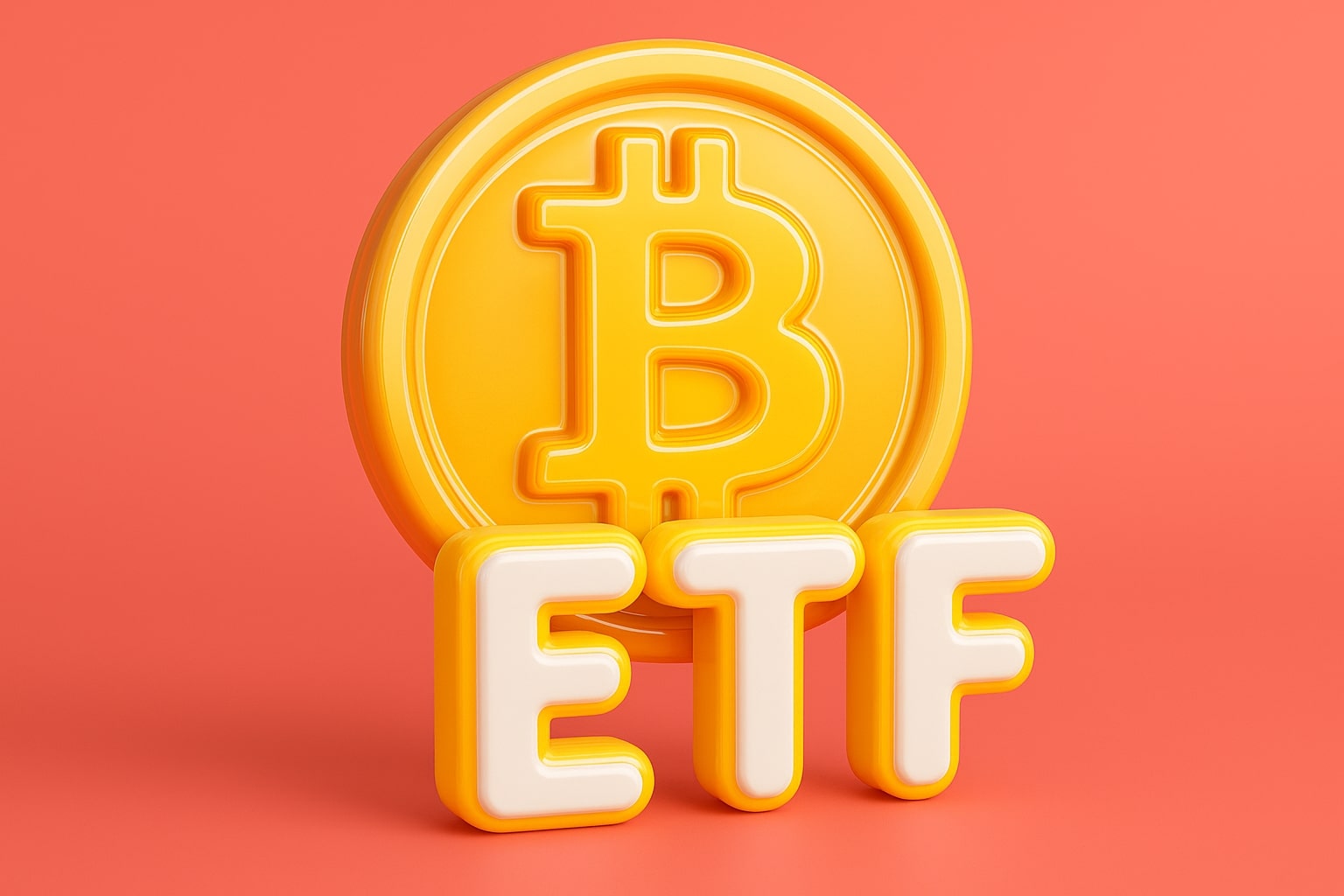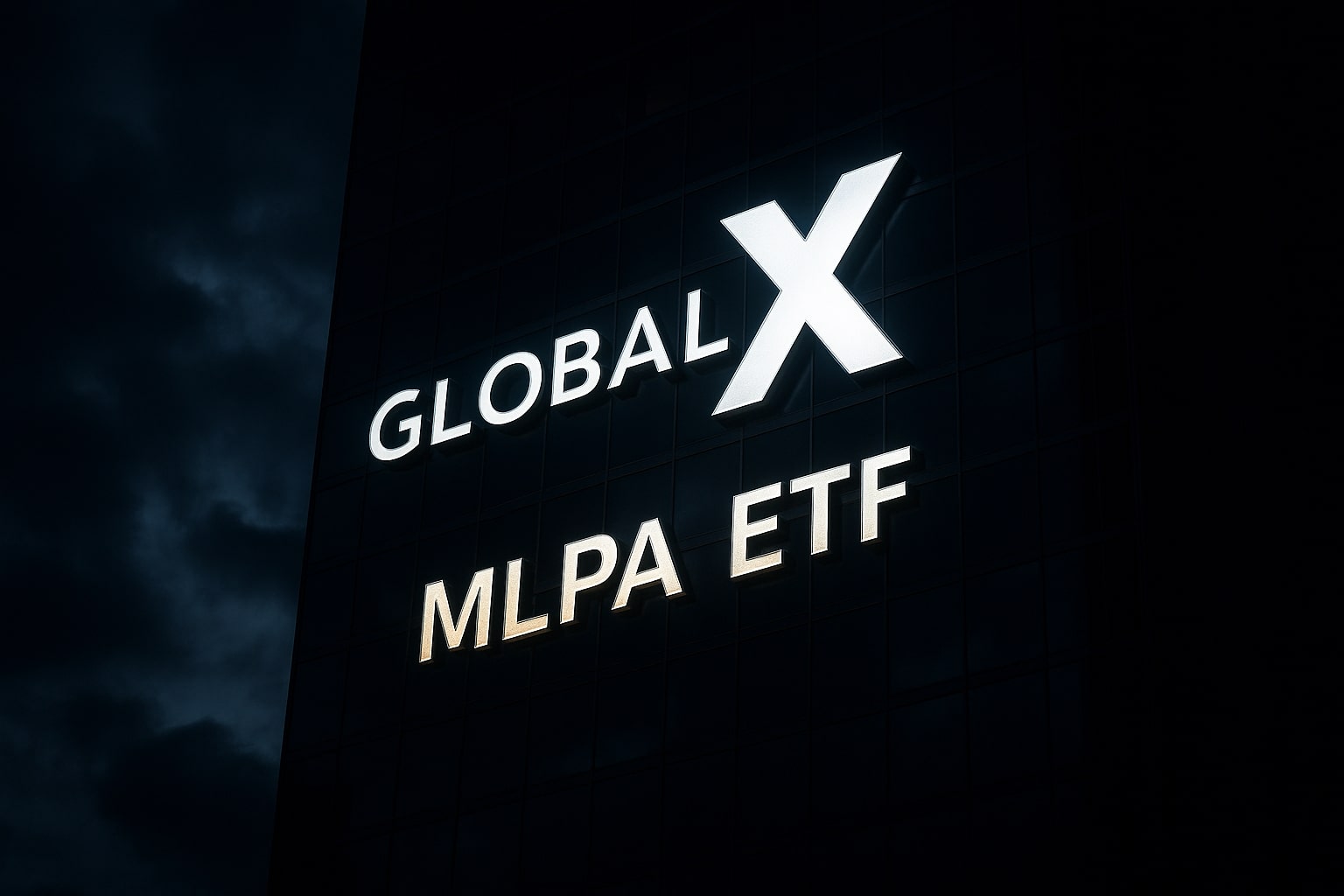Global adoption accelerates as bitcoin holdings in regulated funds reach 6.8% of total market capitalization
The combined holdings of spot Bitcoin ETFs now exceed 6.83% of Bitcoin’s total $1.64 trillion market value, a historic threshold that cements the asset’s regulatory footprint. U.S.-listed ETFs currently manage $164.79 billion in net assets, with non-U.S. products—mainly in Canada, Brazil, and Hong Kong—adding another $14.3 billion. The pace of accumulation mirrors early gold ETF adoption from 2004–2006, when SPDR Gold Shares (GLD) reshaped global demand. Analysts estimate that if Bitcoin ETF inflows continue at the current quarterly rate, total AUM could surpass $250 billion by mid-2026, rivaling the gold ETF market’s $275 billion capitalization.
Derivatives market stabilizes as short pressure eases and whales resume accumulation
Market data from CryptoQuant shows a 13% decline in open interest across Bitcoin perpetual futures since the start of October, suggesting reduced leveraged short exposure. Funding rates, which spiked to 0.041% last week, normalized to 0.009%, indicating that speculative leverage has cooled. Meanwhile, on-chain tracking reveals continued accumulation by whale wallets, with entities holding over 10,000 BTC adding roughly 24,000 BTC in the past seven days—valued at $2.8 billion. Exchange reserves have fallen to 1.76 million BTC, the lowest level in four years, further underscoring tightening supply dynamics fueled by ETF absorption.
Institutional narrative expands beyond the u.s. as asian and european markets prepare etf launches
Following the success of BlackRock’s IBIT, asset managers in Japan, Korea, and Germany are advancing spot Bitcoin ETF filings to capture regional demand. The Korea Financial Services Commission is reviewing applications from Samsung Asset Management and NH Investment, while Deutsche Börse announced it will list a euro-denominated Bitcoin ETF by year-end. These global initiatives reflect a structural shift toward regulated exposure, expanding the addressable investor base and reducing reliance on offshore exchanges. Should Asian ETFs gain approval, analysts expect an additional $8–$12 billion in inflows within the first year, potentially lifting BTC-USD toward $135,000–$150,000 in 2026 under steady macro conditions.
Verdict: buy — sustained etf inflows and institutional liquidity underpin a long-term bullish cycle for bitcoin (btc-usd)
The convergence of $4 billion in fresh ETF inflows, $100 billion AUM milestones, and nine consecutive positive sessions signals a new phase of institutional maturity for Bitcoin. With total ETF holdings now accounting for nearly 7% of circulating supply and macro conditions favoring hard assets over fiat exposure, the path of least resistance remains upward. Short-term volatility between $115,000–$125,000 may persist, but structural accumulation, global ETF expansion, and declining exchange reserves build a foundation for renewed upside.
Final verdict: Buy — Bitcoin (BTC-USD) remains the most institutionally supported digital asset, with ETF-driven demand likely propelling prices toward the $135,000–$150,000 range in 2026.


















